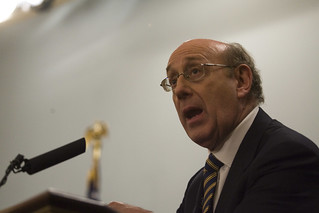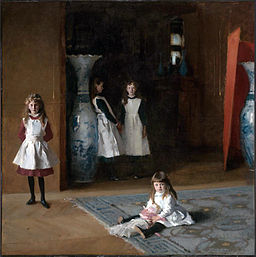 One of the most popular posts on this blog is one I wrote more than two years ago, about asking for an apology. At least once a day, someone somewhere searches for the phrase “asking for an apology” or “how to ask for an apology” and finds my post.
One of the most popular posts on this blog is one I wrote more than two years ago, about asking for an apology. At least once a day, someone somewhere searches for the phrase “asking for an apology” or “how to ask for an apology” and finds my post.Unfortunately, some who find the post will be disappointed because I do not actually explain how to ask for an apology. So I decided to remedy that today.
First, a disclaimer: I do not believe that those people searching for “how to ask for an apology” are searching for the right thing. Asking for an apology is actually pretty easy. “You owe me an apology” will do it. The harder part – the part that people really need help with – is in telling someone else why they owe you an apology. And that is what I want to help with.
- Raise your concern about a specific act or specific pattern of behaviour. “You were an hour late meeting me” or “The last three times we’ve arranged to meet, you’ve been very late.” Do not say something like: “You are always late” or “Why can’t you get it together and be on time?” Also resist attacking the person’s character: “You don’t care about anyone but yourself!”
- Tell the person how their actions effect you: “When you are late to meet me, I feel like you don’t care about my time” or “I feel frustrated if I don’t know when you will arrive and I have to wait.”
- Then pause. Give the other person a chance to say something. Maybe he or she will take the opportunity to apologize. Maybe not. Unfortunately, you risk the other person saying something like, “Gee, you’re so uptight. What’s the big deal about being a few minutes late?”
- If that happens – if the person you’re addressing attacks you or mounts a vigorous defense instead of apologizing – what you should do next depends very much on your relationship. Is this someone with whom you can have a calm discussion? Is this someone who is incapable of a genuine apology? Is this someone you simply must get along with, such as a family member? Unfortunately, there is no pat formula for what you should do. But see the next step.
- Apology received or not, you can say something like this: “In the future, I would like you to…try harder to be on time or … call me if you’ll be late or …whatever you think would improve the situation for you.







![NEUTRAL [- +] Which side are you?](http://farm1.staticflickr.com/79/223933153_b54a0fd53f_m.jpg)

 Mediators typically hope that the negotiations they facilitate will be “win-win.” This means that each party, while not perhaps getting everything they want, will get something of value or importance – something that they would not necessarily have gained through a different kind of dispute resolution process. Mediators are encouraged to think broadly and help parties create value. To use a robust cliché, we try to help the parties think about how to make the pie bigger before we help them portion it out.
Mediators typically hope that the negotiations they facilitate will be “win-win.” This means that each party, while not perhaps getting everything they want, will get something of value or importance – something that they would not necessarily have gained through a different kind of dispute resolution process. Mediators are encouraged to think broadly and help parties create value. To use a robust cliché, we try to help the parties think about how to make the pie bigger before we help them portion it out. Confidentiality is a basic principle of mediation. But it seems that it is also one that mediators have to be vigilant about protecting.
Confidentiality is a basic principle of mediation. But it seems that it is also one that mediators have to be vigilant about protecting.